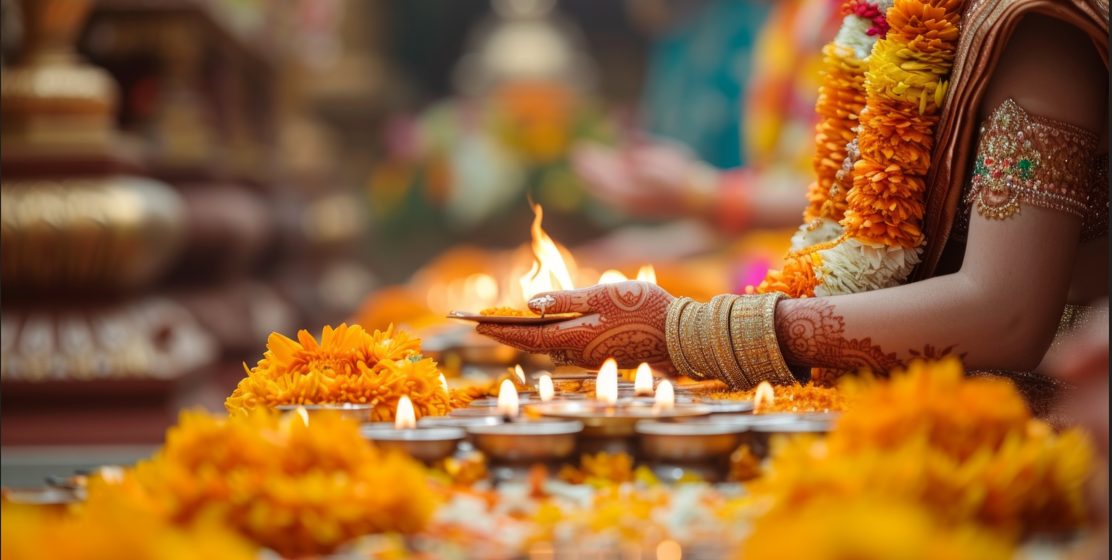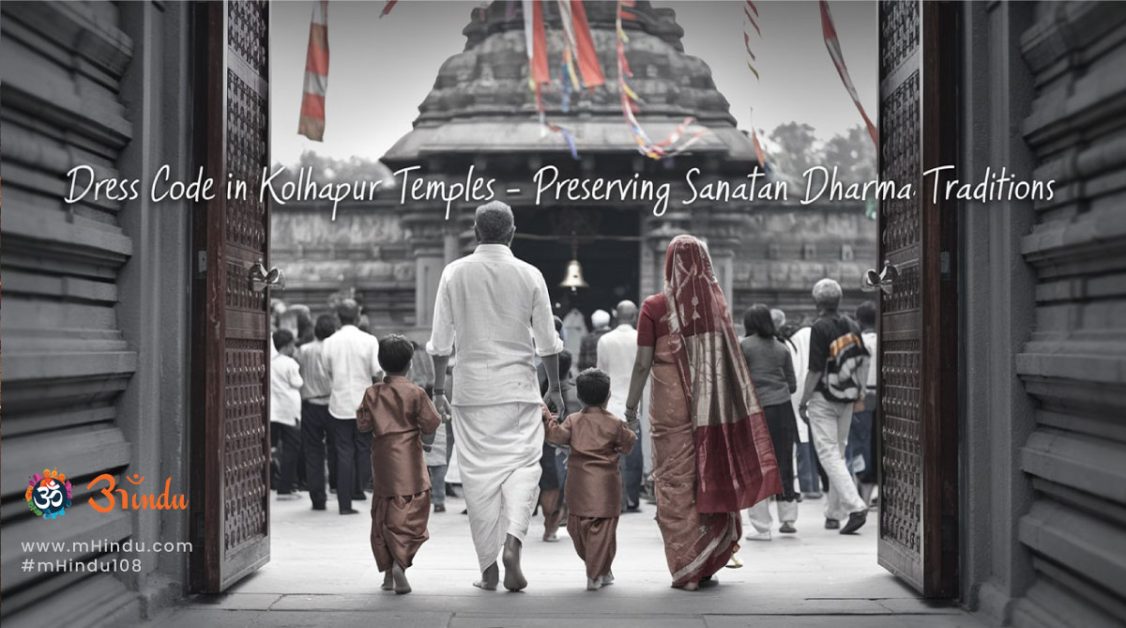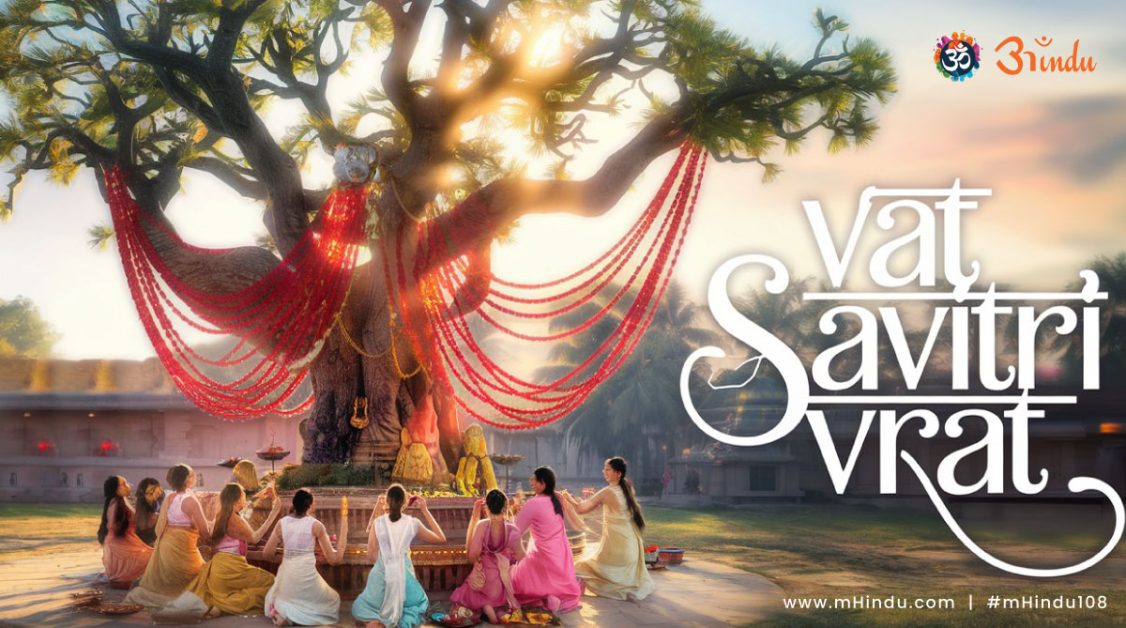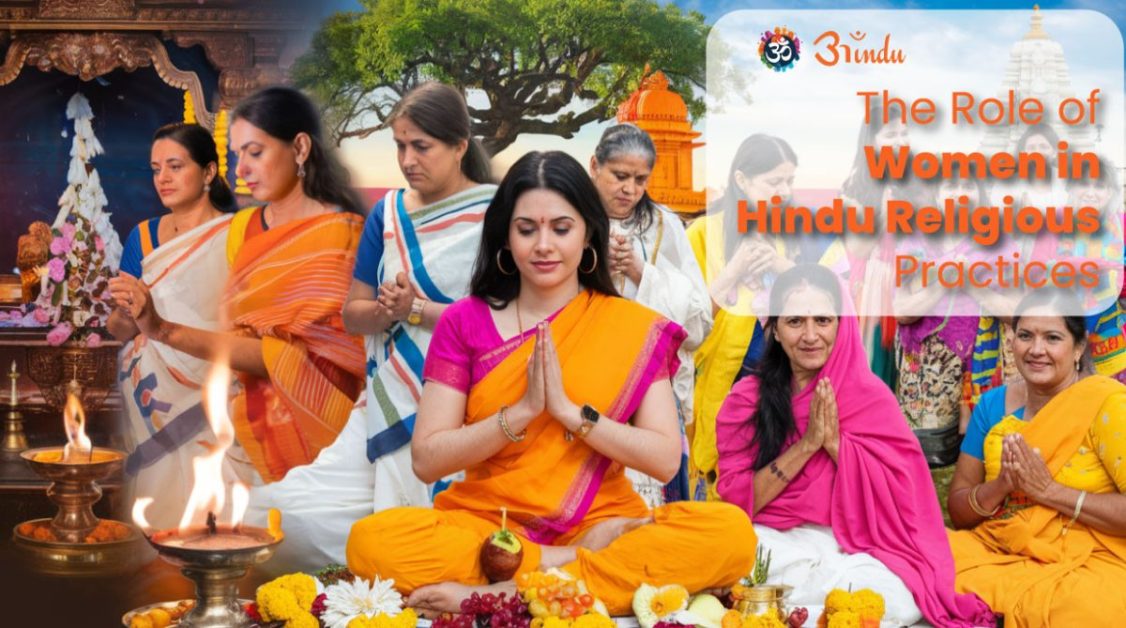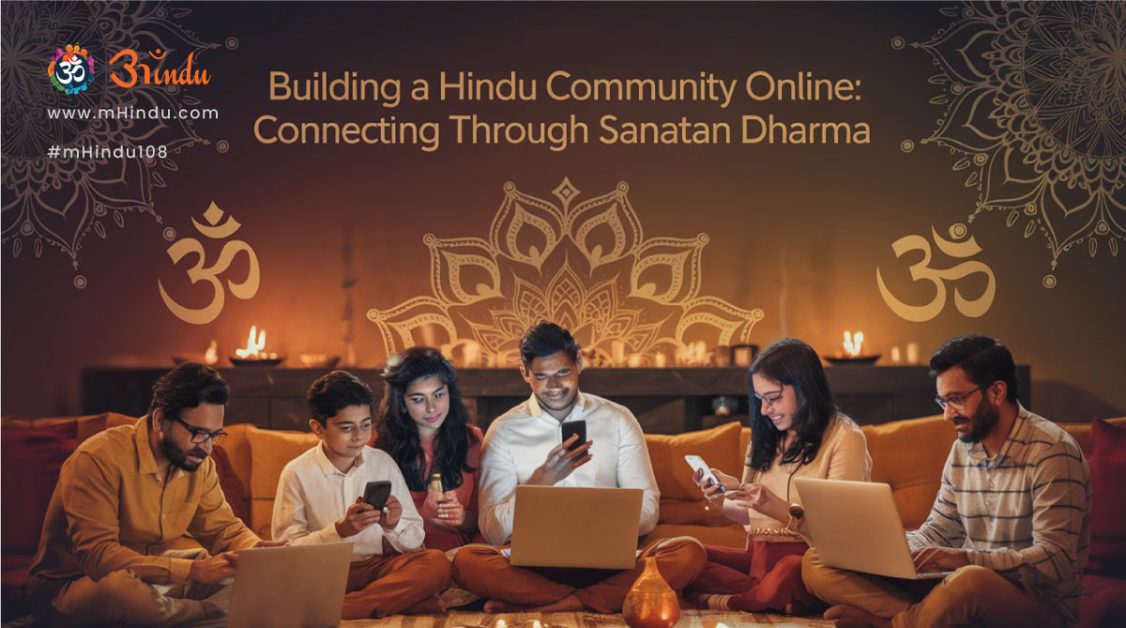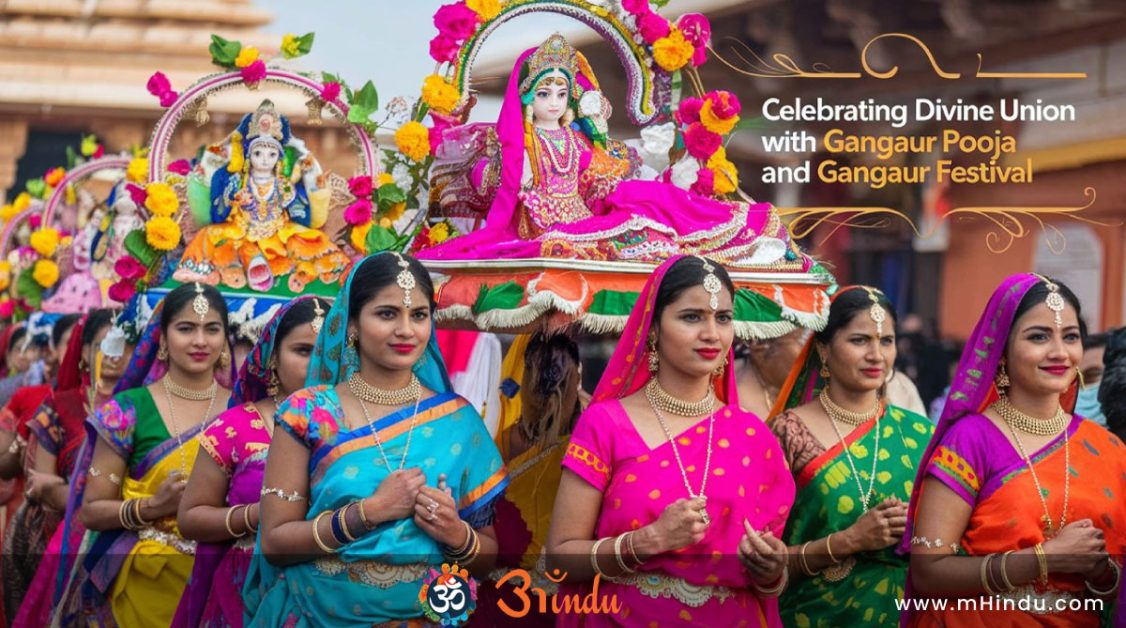
The celebration
of Gangaur is a vibrant and deeply cherished tradition within the
Hindu community, particularly in Rajasthan and neighboring regions. This
festival, often referred to as the Gangaur Festival, honors Goddess Gauri,
the embodiment of Parvati, and celebrates her devotion to Lord Shiva. For
married women, the performance of Gangaur Pooja or Gangaur Puja holds
immense significance, as it’s a time to pray for the well-being and longevity
of their husbands. This festival is not just a colorful display of rituals and
traditions; it’s a profound expression of love, devotion, and the enduring
strength of the marital bond, deeply rooted in the heart of Sanatan Dharma.
The Essence of Gangaur
and Goddess Gauri
The name
“Gangaur” is derived from “Gan” meaning Shiva and
“Gaur” meaning Gauri or Parvati. This festival, including the rituals
of Gangaur Pooja, is dedicated to Goddess Gauri, who symbolizes purity,
austerity, and marital bliss. The Gangaur Festival celebrates her
return to her parental home after her marriage to Lord Shiva.
·
Goddess
Gauri: Represents the ideal wife, embodying qualities of devotion,
strength, and grace.
·
The
festival, and the Gangaur Puja performed, is a celebration of her
devotion to Lord Shiva, and the blessings she bestows on married women.
·
It
is a time to remember the sacred union of Shiva and Parvati.
The Significance of
Gangaur and Gangaur Pooja
The celebration
of Gangaur, including the performance of Gangaur Pooja, is a time for
women, especially married women, to come together and celebrate their marital
happiness. It’s a period of fasting, feasting, singing, and dancing, reflecting
the joy and vibrancy of Rajasthani culture. The rituals of Gangaur Puja are
central to this celebration.
·
It
strengthens the marital bond and fosters a sense of community among women.
·
It
is a time for unmarried women to pray for ideal husbands like lord shiva.
·
The
festival, and the Gangaur Festival as a whole, highlights the
importance of family and tradition.
Rituals and Traditions of
Gangaur and Gangaur Pooja
The celebration
of Gangaur, and the specific rituals of Gangaur Pooja, is rich in
traditions, which vary slightly from region to region. Some of the key practices
include:
·
Clay
Idols: Women create clay idols of Goddess Gauri and decorate them with
vibrant colors and jewelry, central to the Gangaur Puja.
·
Fasting: Married
women observe a strict fast for 18 days, eating only once a day, a key part of
the Gangaur Festival.
·
Singing
and Dancing: Women sing traditional folk songs and perform dances,
celebrating the divine couple.
·
Processions: Elaborate
processions are organized, carrying the decorated idols of Goddess Gauri.
·
Water
Rituals: The idols are immersed in water on the final day, symbolizing
Gauri’s return to her husband’s home, concluding the Gangaur Pooja.
The Role of Married Women
in Gangaur and Gangaur Puja
The celebration
of Gangaur, and especially the performance of Gangaur Puja, holds a
special place in the hearts of married women. They are the primary
participants, observing fasts, performing rituals, and praying for the
well-being of their husbands. This festival, and the Gangaur Festival as
a whole, is deeply connected to the well being of married women.
·
They
pray for the longevity and prosperity of their husbands.
·
They
seek blessings for a happy and harmonious married life.
·
It
is a time for them to connect with other women and share their joy during
the Gangaur Festival.
Gangaur and Rajasthan
Culture
The celebration
of Gangaur, including the vibrant Gangaur Festival, is an integral
part of Rajasthan culture, reflecting the state’s rich heritage and traditions.
It’s a time when the entire community comes together to celebrate, showcasing
the vibrant colors, music, and dance of Rajasthan. The Rajasthan Culture is
showcased in its full glory during this festival and the associated Gangaur
Pooja.
·
The
festival promotes the preservation of traditional arts and crafts.
·
It
attracts tourists from around the world, showcasing Rajasthan’s cultural
richness.
·
It
fosters a sense of pride and belonging among the people of Rajasthan.
The Significance of
Goddess Gauri in Gangaur
Goddess Gauri, as
Parvati, is revered for her devotion, strength, and grace. During the
celebration of Gangaur, including the performance of Gangaur Puja,
she is worshipped as the embodiment of ideal womanhood. Her blessings are
sought for a happy and prosperous married life.
·
She
represents the power of devotion and the strength of the feminine spirit.
·
She
is a symbol of purity, austerity, and marital bliss.
·
Worshiping Goddess
Gauri during the festival and the Gangaur Pooja is considered
very auspicious.
Gangaur and Spiritual
Significance
Beyond its cultural
and social significance, the celebration of Gangaur, including the rituals
of Gangaur Puja, also holds deep spiritual meaning. It’s a time for
devotees to connect with the divine and seek blessings for their families.
·
It
reinforces the importance of devotion and faith in Hindu traditions.
·
It
provides an opportunity for spiritual reflection and renewal.
·
It
is a time to connect with the divine feminine energy.
Modern Celebrations and
Adaptations of Gangaur
While the core
traditions of Gangaur, and the rituals of Gangaur Pooja, remain
intact, modern celebrations of the Gangaur Festival have seen some
adaptations. For example, some urban communities organize cultural events and
exhibitions, showcasing the festival’s art and crafts.
·
The
festival continues to evolve while preserving its core traditions.
·
Modern
adaptations make the festival more accessible to younger generations.
·
The
use of social media has helped to spread the beauty of the Gangaur
Festival.
Stories and Legends
Associated with Gangaur
The legends
associated with Gangaur, and the stories told during Gangaur Pooja,
are deeply rooted in Hindu mythology. Stories of Parvati’s devotion to Shiva
and her return to her parental home are narrated during the festival, adding to
its spiritual significance.
·
These
stories provide valuable lessons about love, devotion, and family.
·
They
reinforce the importance of traditional values and beliefs.
·
These
legends are passed down through generations.
Gangaur, a festival of
Married Women
The most important
aspect of the celebration of Gangaur, and the performance of Gangaur
Puja, is the role of the Married Women. They are the main people who are
celebrating this festival.
·
They
keep fasts.
·
They
decorate the idols.
·
They
sing the folk songs.
Summary
The celebration
of Gangaur, including the performance of Gangaur Pooja and the
broader Gangaur Festival, is a beautiful and vibrant tradition that
encapsulates the essence of Hindu traditions and Rajasthani culture. It’s a
time for married women to express their devotion, celebrate their marital
bliss, and seek blessings for their families. The rituals, songs, and dances,
all contribute to the rich tapestry of this festival. By participating in Gangaur,
we not only honor Goddess Gauri but also strengthen our connection to our
cultural roots and spiritual heritage. Whether it’s the vibrant processions,
the melodious folk songs, or the heartfelt prayers during Gangaur Puja,
the Gangaur Festival is a powerful reminder of the enduring strength of love,
devotion, and tradition.
FAQs
1. What is the main
significance of the Gangaur Festival?
The main significance
of the Gangaur festival is to celebrate Goddess Gauri, who is the embodiment of
Parvati, and to pray for the well-being and longevity of husbands. It is also a
celebration of marital bliss and devotion.
2. How long is the
Gangaur Festival celebrated?
The Gangaur Festival
is celebrated for 18 days, starting from the day after Holi. During these 18
days, married women observe fasts and perform various rituals.
3. What are the main
rituals performed during Gangaur?
The main rituals
include making clay idols of Goddess Gauri, decorating them, observing fasts,
singing traditional folk songs, performing dances, and participating in
elaborate processions. The idols are immersed in water on the final day.
4. Why is Gangaur
important for married women?
Gangaur is
particularly important for married women as it is a time for them to pray for
the well-being and longevity of their husbands. They seek blessings for a happy
and harmonious married life.
5. What is the
cultural significance of Gangaur in Rajasthan?
Gangaur is an
integral part of Rajasthan culture, reflecting the state’s rich heritage and
traditions. It showcases the vibrant colors, music, and dance of Rajasthan,
attracting tourists and fostering a sense of pride.
6. What are the main
deities worshipped during Gangaur?
The main deity
worshipped during Gangaur is Goddess Gauri, who is the embodiment of Parvati.
Lord Shiva is also revered during the festival, as he is Gauri’s husband.
7. How do unmarried
women participate in Gangaur?
Unmarried women
participate by praying for ideal husbands like Lord Shiva. They also
participate in the rituals, singing, and dancing, hoping for blessings for a
happy married life.
8. What are the
traditional songs and dances associated with Gangaur?
Traditional folk
songs and dances, known as “Gangaur geet,” are an integral part of
the festival. These songs celebrate the love between Shiva and Parvati and are
performed by women during the rituals and processions.

